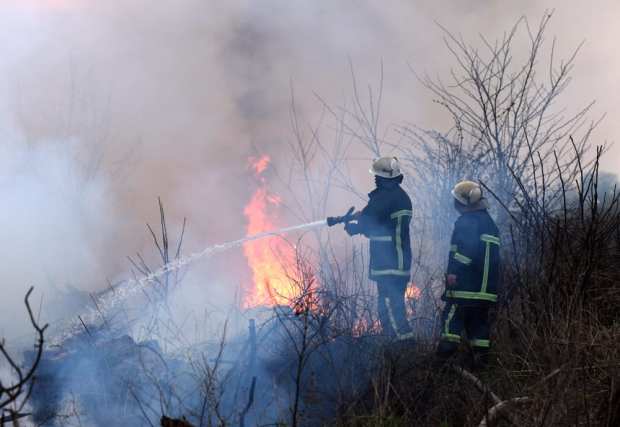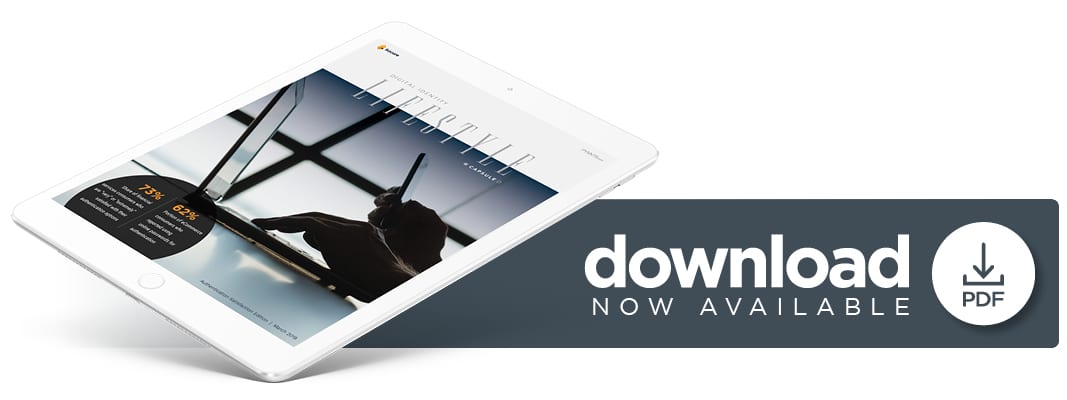Deep Dive: Digitally Disbursing Relief Funds When Disaster Strikes

A series of natural disasters — including hurricanes, wildfires and winter storms — caused approximately $91 billion in damage across the U.S. last year. The following Deep Dive outlines the types of losses caused by these events, and how government agencies like FEMA can use disbursement tools to quickly deliver funds to affected residents to help them rebuild their lives.
 Devastating natural disasters have become all too common in the U.S. Hurricanes, tornadoes and wildfires have ravaged communities nationwide, claiming lives and destroying property.
Devastating natural disasters have become all too common in the U.S. Hurricanes, tornadoes and wildfires have ravaged communities nationwide, claiming lives and destroying property.
The 14 weather- and climate-related disasters that hit the nation last year included eight major storms, two tropical cyclones, two winter storms, one wildfire and a drought – events that cost 247 lives and resulted in approximately $91 billion in losses, according to data from the National Oceanic and Atmospheric Administration (NOAA).
Highly destructive natural disasters require significant government responses from FEMA, as well as state and local officials. These organizations spend heavily on recovery efforts, disaster relief and reconstruction to help affected communities, often turning to disbursement solutions that can quickly deliver funds, allowing recipients to begin rebuilding their lives.
Spending in chaotic situations also requires careful monitoring. The costs and extent of damage from disasters can vary between incidents, necessitating the permanent closure of some properties and the rebuilding of others. The following Deep Dive examines the different types of destruction caused by these events and how disbursement tools can help affected communities recover.
Breaking Down Disaster Costs
No two natural disasters are alike, and each presents unique dangers and challenges for communities. The tolls of these events can be categorized as direct or indirect losses, with the former defined as immediate damage resulting from events.
Direct losses can be broken down further into market and non-market losses. The former type includes damaged assets and properties, such as houses or vehicles, while the latter includes affected structures and properties for which prices are difficult to determine, such as affected historical buildings.
Then there are indirect losses, which include those who suffered as a result of damaged infrastructure and property, such as workers whose salaries are left uncollected because their workplaces have been damaged or destroyed.
Natural disasters can also result in opportunity costs. When properties are damaged, construction resources will be used on repairs and reconstruction instead of new projects, for example.
Disbursing Disaster Relief
Disaster-hit communities often desperately need supplies such as food, fresh water and medical care, meaning they also require immediate access to emergency funds disbursed to their bank accounts. Addressing their losses takes time and resources, and requires significant collaboration among different governmental levels.
Responses often involve coordination between local government officials who develop and execute emergency preparedness plans. State and federal agencies get involved, too, with the former often acting as intermediaries between local and national authorities.
FEMA issues disaster relief funds as grants that do not require repayment. Such money can be used to address medical and dental needs, funeral expenses, temporary housing and emergency home repairs, as well as uninsured and underinsured personal property losses.
The damage wreaked by disasters presents logistical payment challenges, however. Delivering relief funds via paper check can be challenging if a resident’s home was destroyed or if a roadway was compromised, for example. PYMNTS’ Karen Webster and Ingo Money CEO Drew Edwards recently discussed this, stating that the severity of modern natural disasters has forced companies to rewrite the rules on disbursements.
Last year, FEMA’s external affairs director told PYMNTS that electronic disbursement methods hold several advantages over paper checks when it comes to distributing disaster relief funds. The agency uses electronic fund transfers that can directly deliver approved aid to recipients’ checking or debit card accounts, meaning funds are available immediately. It also uses a thorough verification system to review government identifications, Social Security numbers and public records through databases like LexisNexis.
Though disasters are unpredictable, having the right preparations in place is helpful. Recipients who have access to digital bank accounts, in addition to emergency supplies, can more efficiently receive relief funds from emergency response agencies. FEMA pointed to a Federal Reserve study stating that 40 percent of Americans do not have $400 available to cover unexpected expenses. Such a financial cushion would be wise to maintain in the event of an unforeseen incident.
Disasters have become both increasingly frequent and costly in recent years. As new ones occur, disbursements could become some of the most important tools to help affected communities recover.
